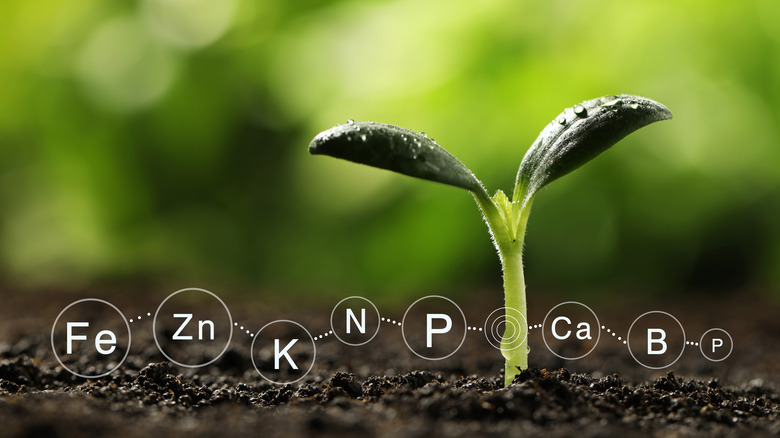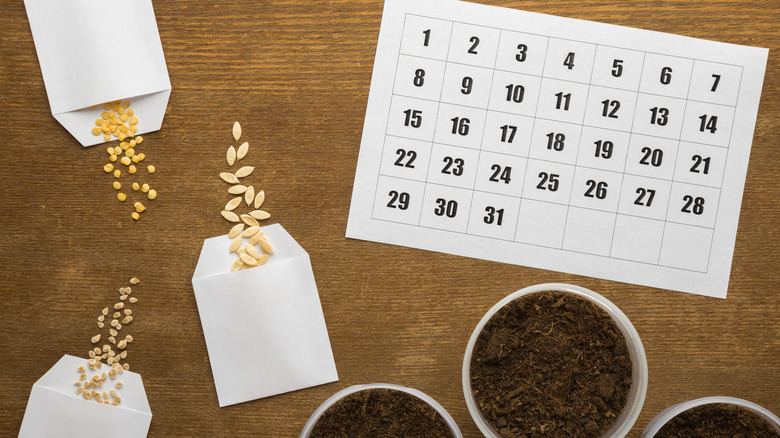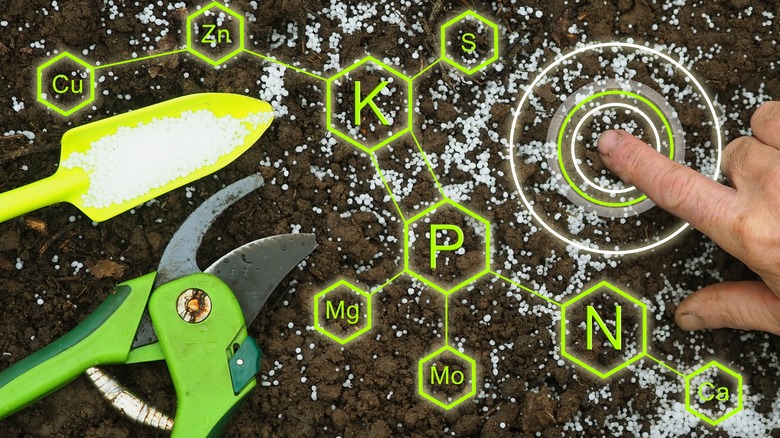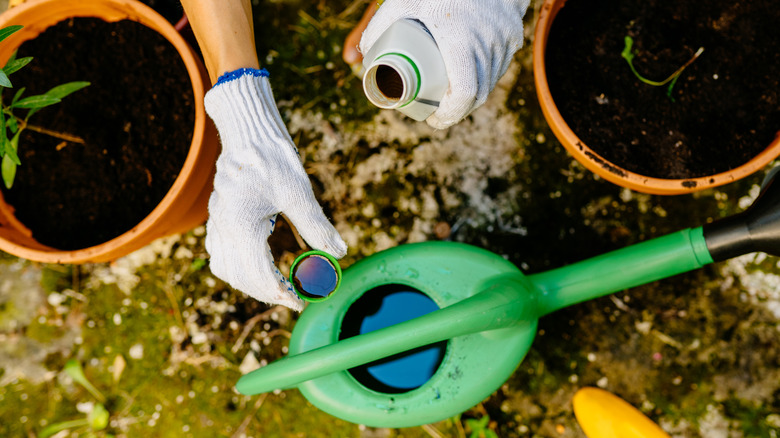Beware Of These 3 Common Mistakes When Fertilizing Your Garden
We all know plants need help to grow their strongest and yield high-quality fruits and vegetables. But goodness, fertilization practices can be confusing. There are so many abbreviations and chemical combinations it can be difficult to sort through it all without feeling the need to acquire an advanced degree in science. So ... let us help.
Before transplanting seedlings into the ground, consider companion planting to encourage a healthy garden. This means planting crops near others with similar needs in regards to soil texture, watering, and sunlight. You can take it one step further by grouping plants with similar fertilization requirements. From there, knowing the nutrient content of your soil and paying attention to the health of your plants will be your best guides. Is the soil rich with organic matter? Are plant leaves deep green? Are the stalks strong, or are they struggling to stay upright (unless it's a vining plant, of course)? Is your plant producing viable fruits and vegetables? If not, your garden may be suffering from nutrient-deficient soil and, therefore, needs fertilizer.
Texas A&M Agrilife Extension points out that fertilizer can only help balance nutrient deficiencies. If the root cause comes from somewhere else, like standing water or lack of direct sunlight, then no amount of fertilizer will benefit your plants. For the sake of this article, let's assume we know the problem is related to a lack of organic content and minerals, and let's review the most common mistakes made with fertilizer.
Missing optimal application windows
Believe it or not, getting fertilization timing wrong can actually do more harm than good, so knowing when to make your applications is vital. Don't fret too much, though, because the basics are pretty straightforward.
When it comes to vegetables, Alamanac recommends the first application in springtime. Granular fertilizer can be sown into the soil before you start planting. It's okay if you've missed that window by a week or two; just go ahead and press the granules a few inches into the soil around each seedling and then give them some water. And if you're way past that deadline, remember that gardening is a process, and there's always next year.
The next fertilizer application should happen when plants enter their most intense period of growth. Plants that are generally harvested earlier in the year (kale, arugula, spinach, etc.) will need their fertilizer boost sooner than those that typically enter a growth spurt in the middle of summer (corn, squash, tomatoes).
Understanding the general schedules of different types of plants is important, but according to the University of Florida's IFAS Gardening Solutions, there's something else to consider. Different types of soil require different schedules as well. Sandy, porous soil that drains quickly will need regular additional applications up to once every three weeks throughout the season. Thicker, clay soils will retain more nutrients, as will those high in organic matter content. For those types of soils, one or two more applications will be enough for the year.
Using the wrong kind of fertilizer
The majority of commercial fertilizers combine nitrogen (N), phosphorus (P), and potassium (K) to create a basic all-purpose NPK formula that is suitable for most backyard gardens. Often these formulas will get the job done with no adverse effects because, as explained by University of Minnesota Extension, N, P, and K are the three primary macronutrients that plants need in the highest doses in order to grow. In terms of the overall necessity for life, these come after carbon, hydrogen, and oxygen — all of which plants naturally receive from the air and water and go on to produce for themselves thanks to the sun and photosynthesis.
According to Planta, if you see damage to your plants after fertilizing with NPK, you may have soil with an imbalance of micronutrients such as copper, iron, or manganese, which require a different formula. Fertilizer damage can look like scorch marks on leaves, weak plants, and loss of fruit or flowers.
In order to know exactly what kind of fertilizer is best for your garden, you'll need to do a soil test. This will inform you of its pH level (alkaline, neutral, or acidic) and whether it needs those micronutrients or perhaps secondary macronutrients like sulfur and calcium. Don't worry if you're not a high school earth science teacher because not only will the results tell you the current state of your soil's nutrient content, but they will also come back with recommendations on how to re-balance it.
Using too much fertilizer
With fertilizer, too much of a good thing is definitely a bad thing. In a report by University of California's Division of Agriculture and Natural Resources, the title alone tells us we need to be careful when fertilizing our gardens. "The Perils of Over-Fertilizing Plants and Trees" discusses the negative effects of too much fertilizer on plants, including extreme growth spurts that cannot be sufficiently supported by young root systems. Over-fertilizing plants can impede fruit and vegetable growth while encouraging leaf and foliage growth. In the end, you'll have a plant that is flush with bright green leaves yet is producing zero vegetables.
Furthermore, the overall health of the soil (not just individual plants) will be compromised with salt concentrations that are too high. These salts kill off beneficial microorganisms, alter the salinity of the soil, and change the pH level, which limits a plant's accessibility to the very nutrients the fertilizer was meant to provide.
When applied appropriately, fertilizer is one of the best ways to ensure your plants grow healthy, but going overboard with it puts a strain on the environment. Scientific American explains that when excess chemicals drain into our waterways, they end up leaching oxygen, thus creating dead zones that negatively affect many forms of aquatic life. Sometimes residual chemicals are ingested by fish, who then get poisoned. In a worst-case scenario, the fish is caught and eaten by a human who is inevitably next on the list to get sick.



